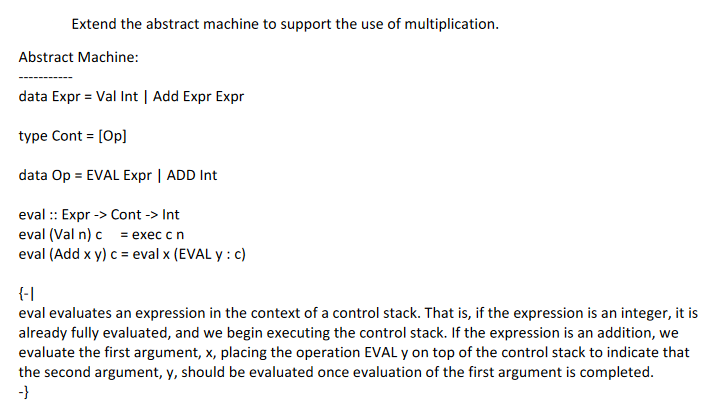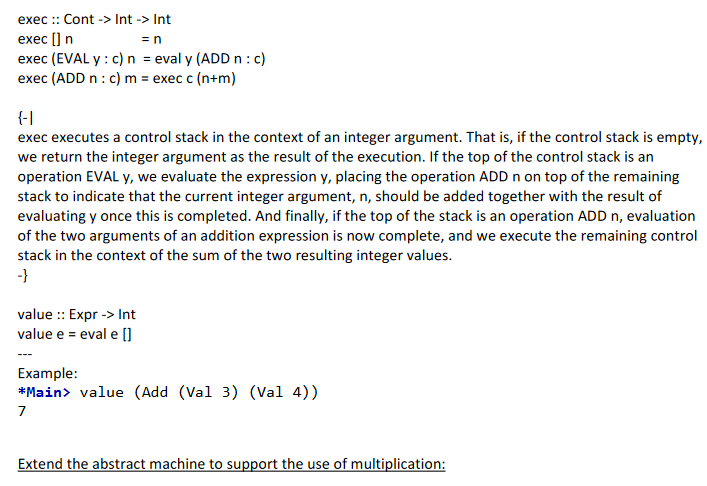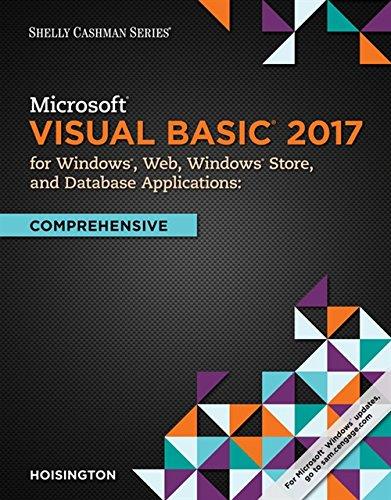Answered step by step
Verified Expert Solution
Question
1 Approved Answer
Question about Haskell Language Extend the abstract machine to support the use of multiplication. Abstract Machine: data Expr = Val Int | Add Expr Expr
Question about Haskell Language


Step by Step Solution
There are 3 Steps involved in it
Step: 1

Get Instant Access to Expert-Tailored Solutions
See step-by-step solutions with expert insights and AI powered tools for academic success
Step: 2

Step: 3

Ace Your Homework with AI
Get the answers you need in no time with our AI-driven, step-by-step assistance
Get Started


